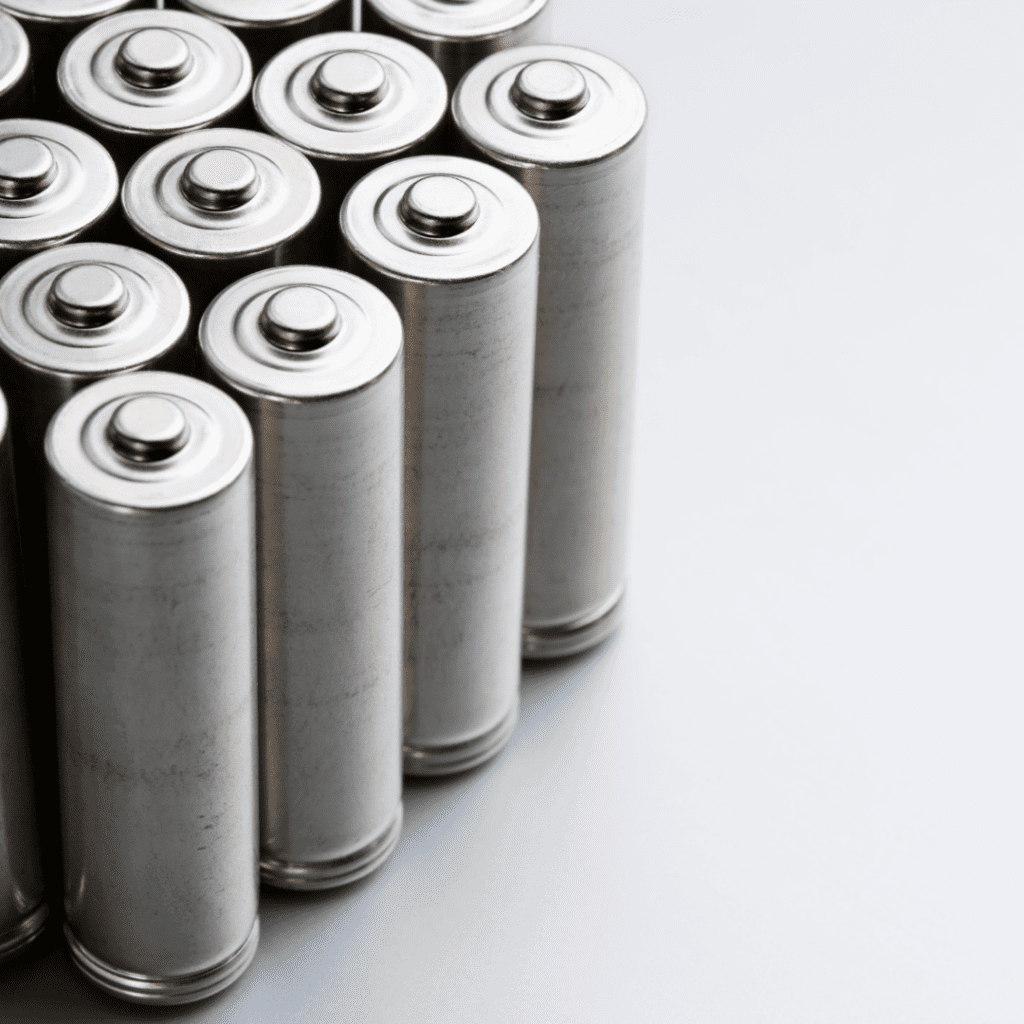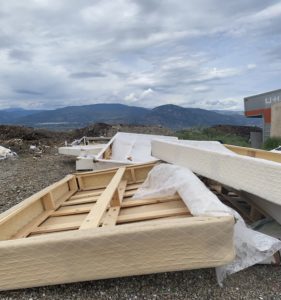
Have you ever wondered what happens to your old mattress once it’s taken to your local landfill? If you live outside the Greater Vancouver Region, the answer likely is that it goes straight into the landfill! That is despite the fact that up to 95% of the materials that make up a mattress are technically recyclable.
Even though mattresses are found in every household, they have proven to be difficult to recycle. A mattress can be broken down into three basic recyclable categories: metal, wood and textiles. Mattresses contain up to 25 pounds of steel coils – these coils can be reused and melted down to produce other steel products. Wood is most commonly reused for mulch or other repurposed woodworking projects. Textiles, including fabrics and foam, are the hardest material to repurpose from a mattress; currently most mattress textiles in BC are being bailed and sent to an incinerator to be used for energy. It is estimated that 500,000 tonnes are being incinerated each year.
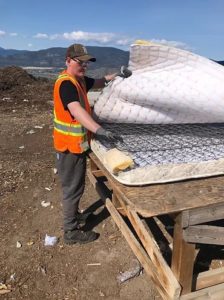
In Canada, approximately six million mattresses are brought to landfills each year, and in addition, there are no federal statistics on how many mattresses are illegally dumped in Canada. Mattresses take up a huge amount of landfill space. They create a lot of wear on the landfill’s equipment, they take up an average of 43 cubic feet of space and are 400% less compatible than traditional household garbage. Mattresses are particularly difficult to manually disassemble due to design inconsistencies across different manufacturers. Manufacturers do not currently include a disassembly plan built into their mattress assembly. Pocket Coil Mattresses are especially problematic in the recycling industry. There is no way to manually disassemble a pocket coil mattress in a cost effective and timely manner (more to come in an upcoming post). A universal design would help solve the issue but in order to push manufacturers to change the design, mattresses need an Extended Producer Responsibility program.
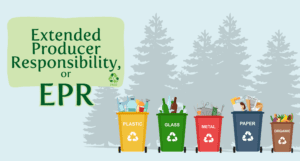
The Extended Producer Responsibility program (EPR) is an environmental policy approach in which a producer’s responsibility for a product is extended to the post-consumer stages of a product’s life (i.e. they take some of the recycling process responsibility for their product). Currently there is NO EPR for mattresses, leaving the responsibility to fall on the landfills and local governments. The Government of British Columbia released a 5 year EPR action plan in September 2021, and included plans to implement an EPR program for mattresses, starting in 2025. Having a mattress EPR program will help improve the recycle rate of mattresses throughout the Province.

The Regional District of the Okanagan Similkameen and PACE have worked together recycling mattresses for over 10 years at five of the region’s landfills. This program has saved each landfill thousands of cubic feet of air space, recycled tons of wood and metal materials, and has created local, sustainable employment opportunities for people living with barriers. After having so much success with their social enterprise, PACE has developed a step-by-step guide to help other communities start and run a mattress recycling program of their own that will create jobs and help keep a problematic item out of their local landfills.
Including mattresses in the Extended Producer Responsibility Program is a step in the right direction, but smaller and more remote communities in British Columbia will need to step up and start mattress recycling programs in their communities, which PACE can help with!
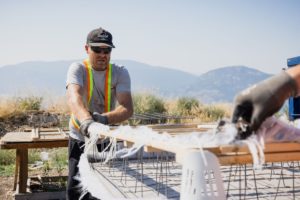
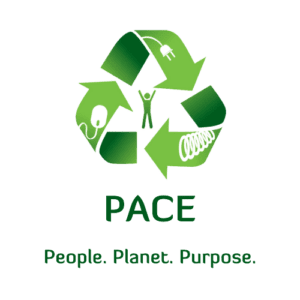
For more information please contact PACE!


